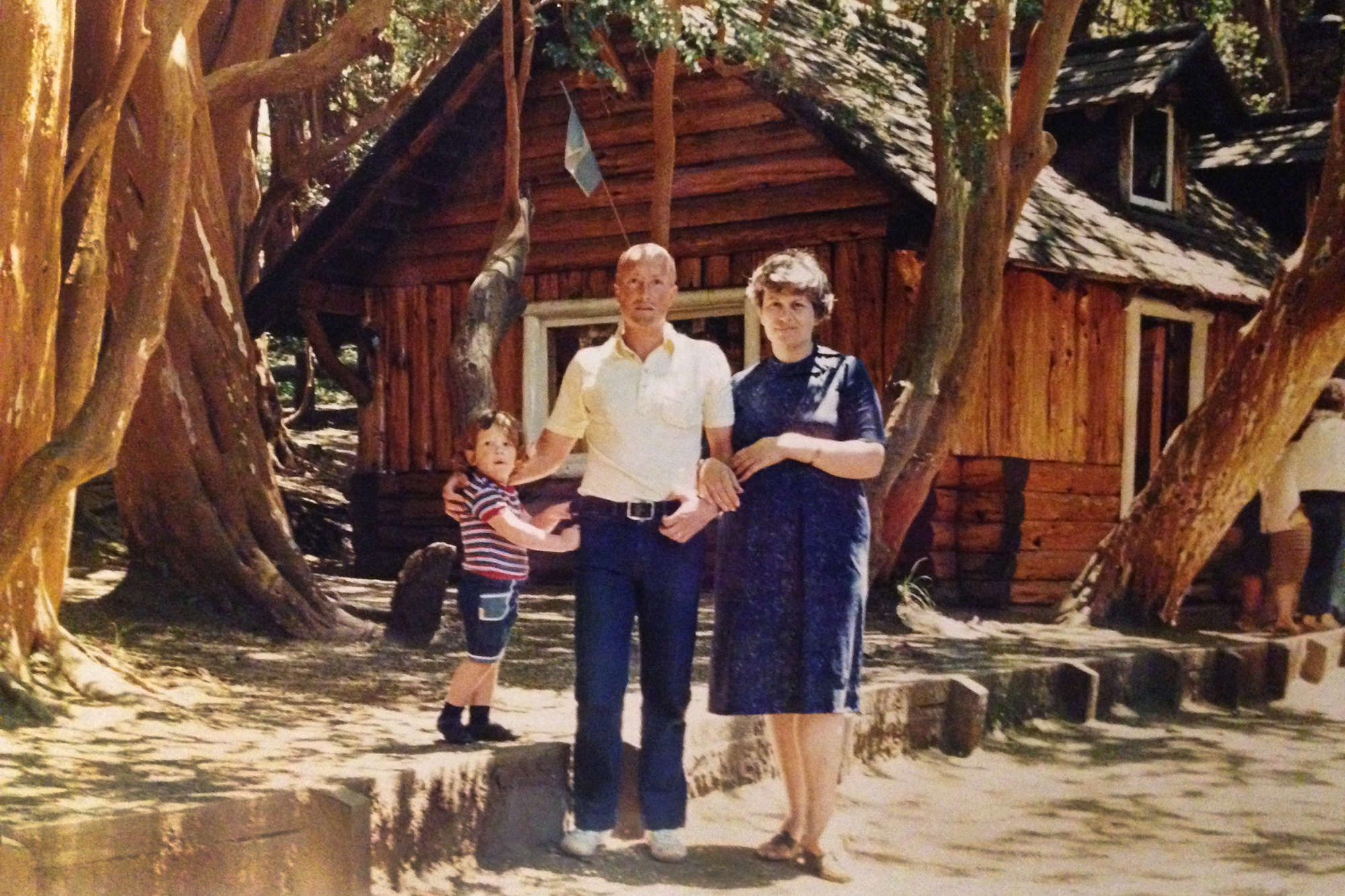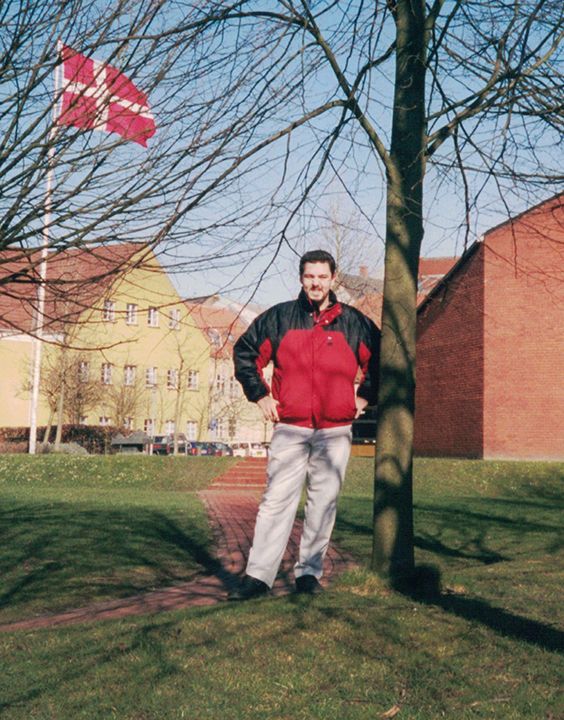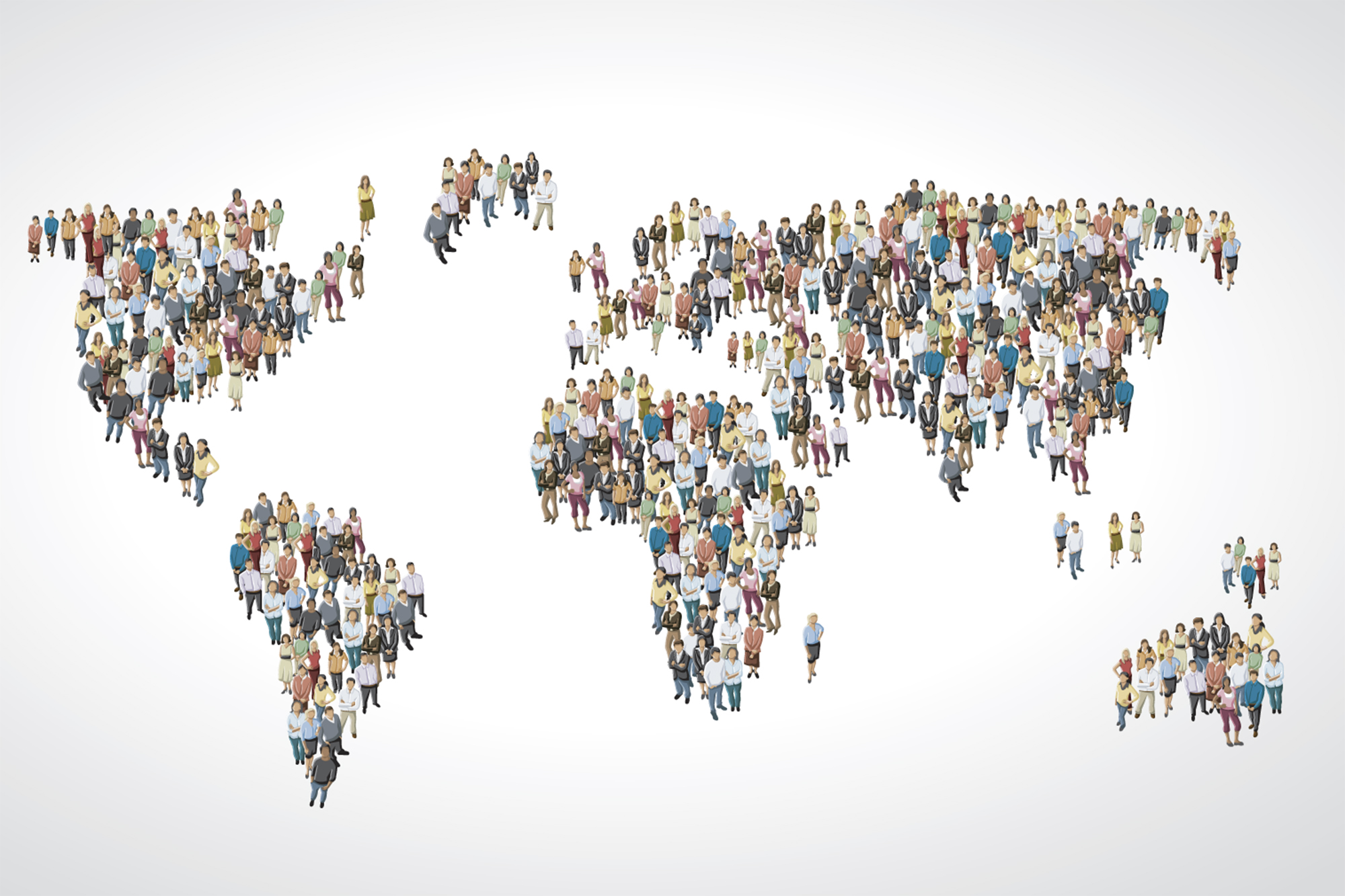There are 195 countries in the world, each with its own unique fusion of culture, customs and distinctive demographics. How a nation operates its economy, records its history and runs its government can define that nation on the world’s stage and profoundly impact its citizens. A country’s census practices—or an absence of census practices—provide rich insights into the world that is operating inside a nation's borders.
“I’ve lived in three different countries and experienced census practices in each of those countries,” said Jean-Pierre Taoutel, associate teaching professor of French and Arabic. “A census provides so much more than population counts. Those practices reflect what is happening in the country and to the people in that country.”
Making sense of the census around the world
No two countries tally their population numbers in the same way.
Due to chaos, conflicts or natural disasters, countries such as Afghanistan and Madagascar, do not conduct a census. Australia rolls out a census every five years. Switzerland, Brazil and India, like the United States, conduct a census every decade.
Many Iowa State faculty members in the Department of World Languages and Cultures have been counted in an official government census beyond the United States. These educators have census-related memories that date back decades and span to far-reaching corners of the globe—from Lebanon and France to Denmark and Argentina.
Some remember their parents diligently filling out forms from the comfort of a cozy kitchen. Others recall a nation destabilized by the chaos of war which rendered a census impossible to conduct.
“I lived in Lebanon when I was a child, and although it was a long time ago, it was memorable that there was no census in Lebanon,” Taoutel said. “It’s been years since the government in Lebanon has tried to perform a census.”

Having lived in three countries on three different continents, Taoutel has experienced a diverse spectrum of census practices.
“Each census, just like each country, was unique,” he said. “I’ve lived in the United States for 22 years after growing up in Lebanon and attending college in France.”
“It’s really interesting how the French government administers the census,” Taoutel said. “People in larger cities, like Paris, fill out forms, but people in smaller towns are usually visited by census workers who knock on doors and conduct in-person surveys.”
The French census includes questions about the number of people living in the household as well as each person’s age, gender and nationality. There are also questions about how many rooms each residence has. The French government uses this information to determine if new housing should be built to accommodate changing family sizes.
“A census provides so much more than population counts. Those practices reflect what is happening in the country and to the people in that country.”
France announces its official population count every five years.
“Each year, one fifth of France is counted until they’ve finished with the whole country at the end of five years,” he said.
Taoutel notes that participation in the census is mandatory. It is considered a vital demographic tool, providing critical information to the French government. Citizens are fined 38 Euros, the equivalent of $42, if they fail to complete the census.
“The numbers are important and are used to distribute money to cities,” Taoutel said. “The census also helps the French government determine how many additional pharmacies, public libraries, schools and other government services are needed in areas.”
Taoutel left France in 1998 for the United States. He remembers participating in the 2010 decennial census and was happy to participate this year.
“I recently filled out the 2020 forms online and I consider it exciting and a privilege to be counted in the United States’ decennial census,” he said.
From South America to Europe
Assistant Teaching Professor of Spanish M. Celeste Gonzalez Chaves recalls fond and vivid memories of being counted in Argentina’s census.
“I was at my grandparents’ house in the City of La Plata in Buenos Aires, and I remember our family remaining at home all day and waiting for the census workers who were going to show up to interview members of the household,” Chaves said. “My grandparents, my brother, my mom and I stayed there until they came late in the afternoon, door by door.”
In Argentina, The National Statistics and Censuses Institute conducts a count of each household every 10 years. Their last census was taken in 2010.

“The census workers had pre-printed bubble sheets,” Chaves said. “We sat with them in the living room and answered their questions about how many were living in our house, our occupations and ages.”
Jacob Larsen, director of the Language Studies Resource Center in the Department of World Languages and Cultures, was born and raised in Denmark and remembers coming to the United States and learning that not everyone in the United States is issued a Social Security number.
“I thought it was interesting,” Larsen said. “In Denmark, you are assigned one at birth, which is computed based on your birthdate. Without it, you cannot obtain any form of official documents, open a bank account, vote or enroll in school.”
Although Denmark has a storied history of census activity that dates back to the 1700s, the current Danish government doesn’t conduct an official census.

“The most interesting aspect of Denmark with regard to the census, is that we haven’t had one for more than 50 years,” Larsen said. “I recall hearing discussions and stories about the census, when I was a young boy, but I never participated.
“I was born in 1976 and the last census in Denmark occurred in 1970 after the Danish Civil Registration System was instituted,” he said.
A national event: The U.S. decennial census
The United States is currently in the throes of making its own census history. April 1 signaled the launch of the decennial census with Census Day, an official census kickoff, which is observed nationwide.
From Montpelier to Monterrey—people have begun providing household information through a variety of accessible channels. Census surveys can be completed online, via telephone or filled out and mailed to the U.S. Census offices.
Early in 2020, census takers visited college dorms, senior centers and other group settings. These seasonal workers also followed up with households to ensure that the data they submitted was accurate.
In December, the final results will be completed. Then, the U.S. Census Bureau will deliver the official counts to the president and Congress, as mandated by Article I, Section 2 of the United States Constitution.
Although countries around the globe share a common humanity, each nation has a unique history of keeping track of population numbers and distinctive ways of counting the people who call these nations home.
